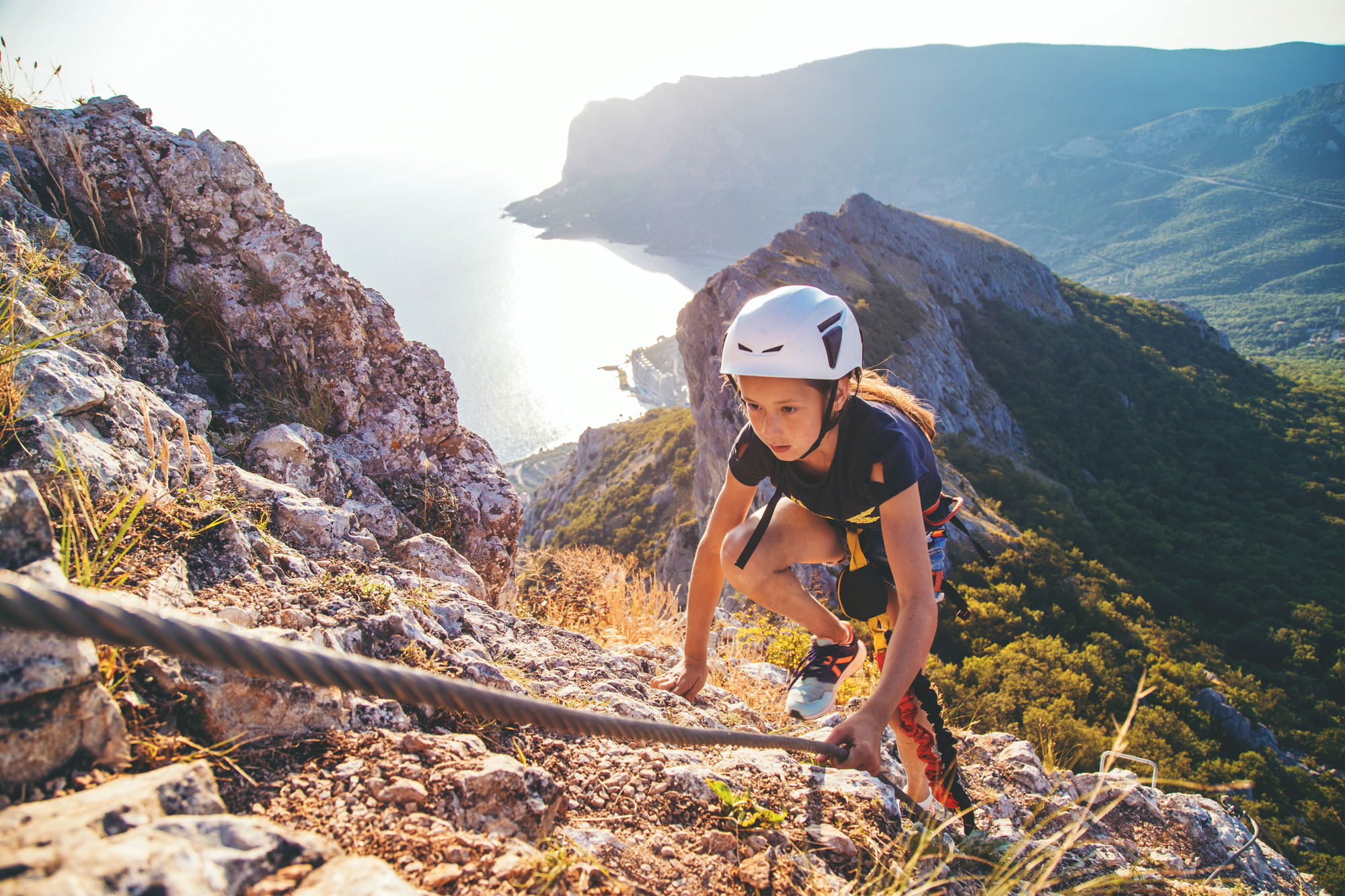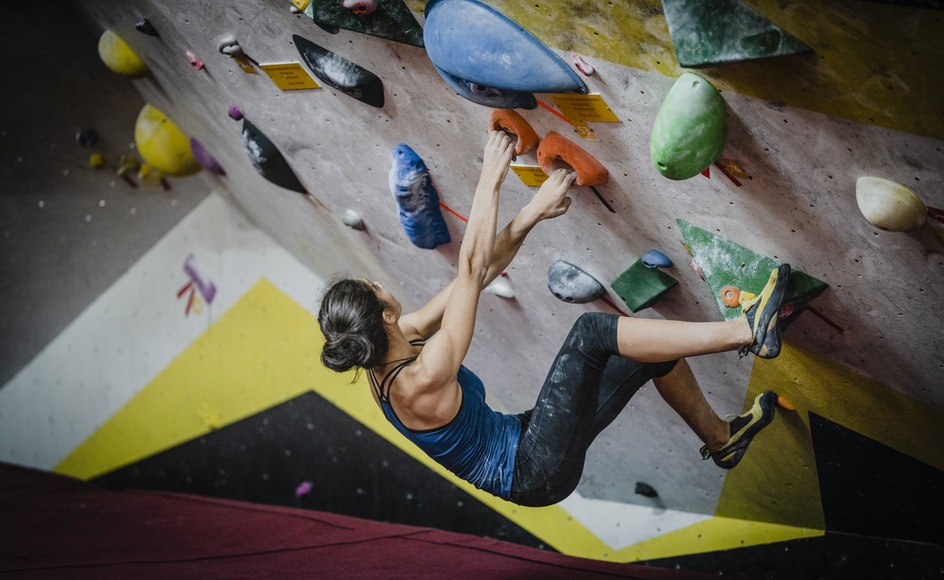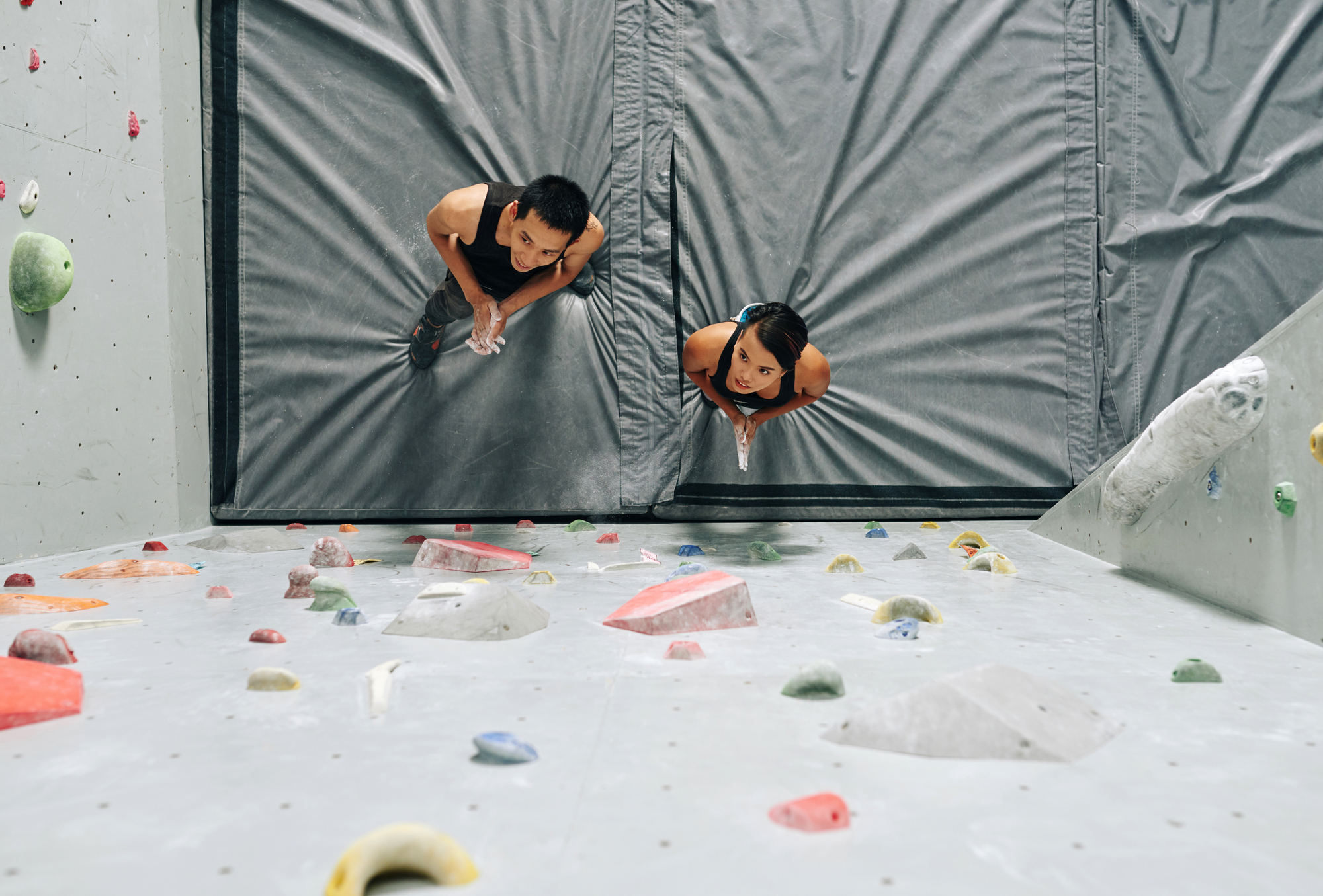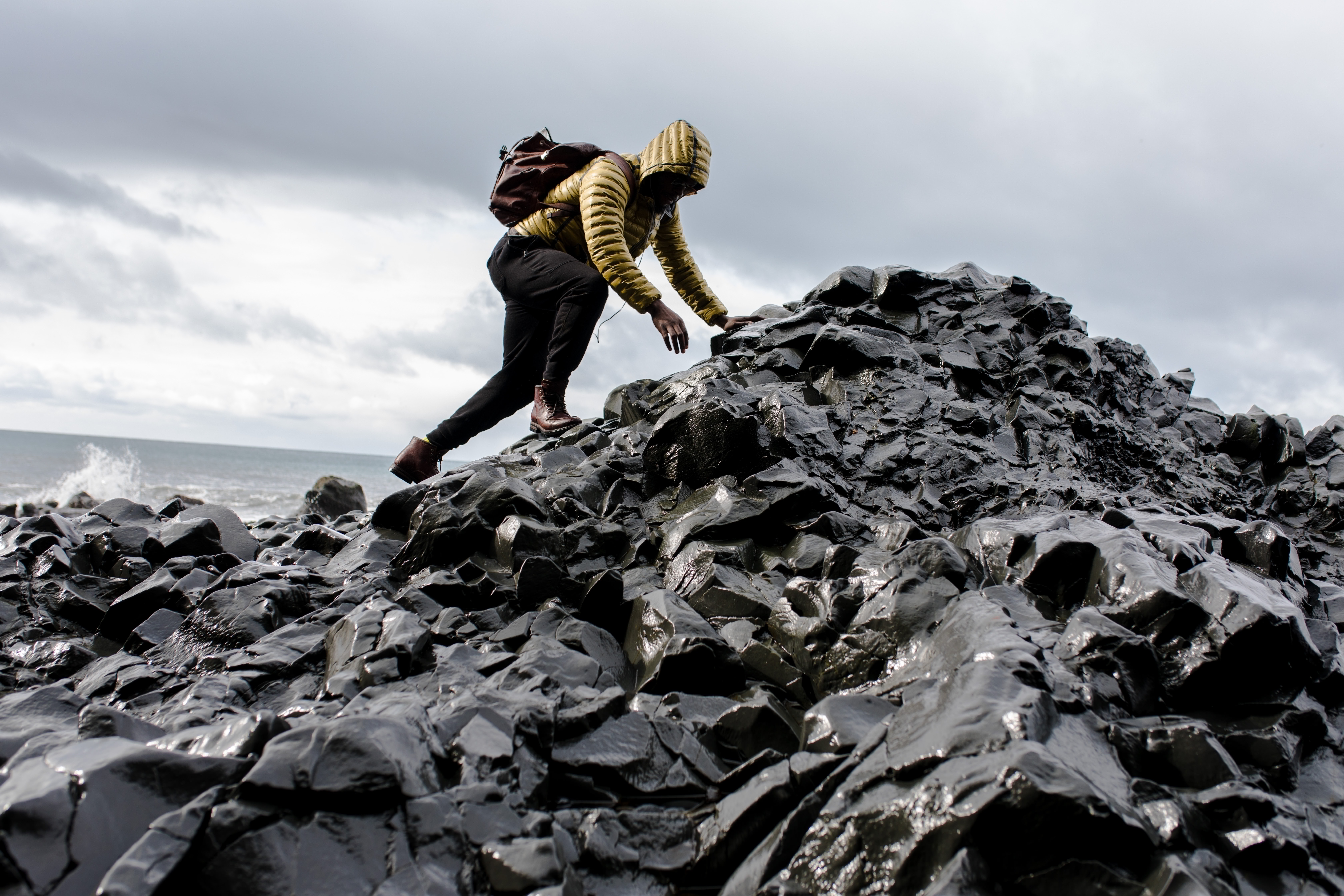Rock climbing is a great sport if you love spending time outdoors and challenging yourself. There’s something undeniably satisfying about completing a climb successfully, particularly if it’s a difficult route.
If you’ve spent any time around climbers, you’ve probably heard them talking about redpoint climbing. Have you ever wondered what this means and how climbing redpoint can improve your own skills?
Let’s find out!
What is a Redpoint Climb?

In a nutshell, a redpoint climb is completing a route in one shot without falling or resting on your rope. It is generally accepted that you can place quickdraws ahead of your climb and you can practice the route before attempting your official climb.
You can also get previous information (beta) about the route before you climb. You can check guides, use binoculars, or talk to climbers who have previously completed the route successfully.
Redpoint vs. On-Sight Climbing
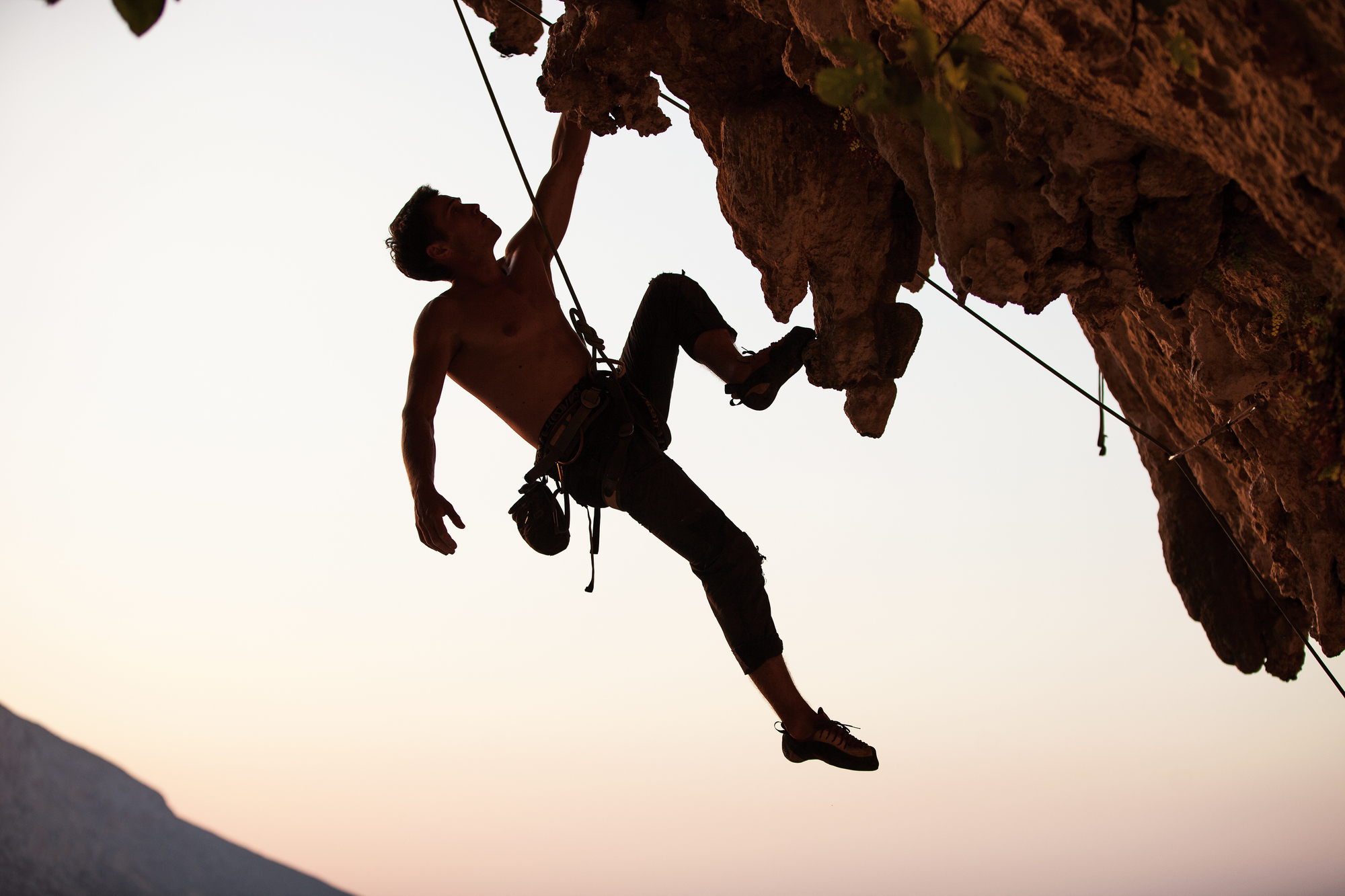
The main difference between a redpoint climb and an on-sight climb is that, with the latter, you must complete your route without prior practice or advice from other climbers. While it’s fine to plot your route from the ground, you cannot use binoculars to take a closer look if you want to complete an on-sight climb.
Many climbers consider on-sight climbing as the purest and hardest form of climbing.
For on-sight climbing, you only get one chance to finish the route cleanly on your first try. If you fall during your climb, you can no longer call your attempt on-sight. In this instance, you can consider it as practice for a redpoint climb.
What about a Flash Climb?

There’s a lot of jargon when it comes to climbing, and you’ll probably also hear about performing a flash climb. Many climbers confuse a flash climb with a redpoint climb since they’re pretty similar.
A flash climb and a redpoint climb are the same in the sense that you can gather information about a climb beforehand. However, the main difference is that, for a flash climb, you cannot have practiced the climb previously.
In terms of the degree of difficulty, the most difficult climb is on-sight, followed by a flash climb, and finally, a redpoint climb.
Redpoint vs. Pinkpoint
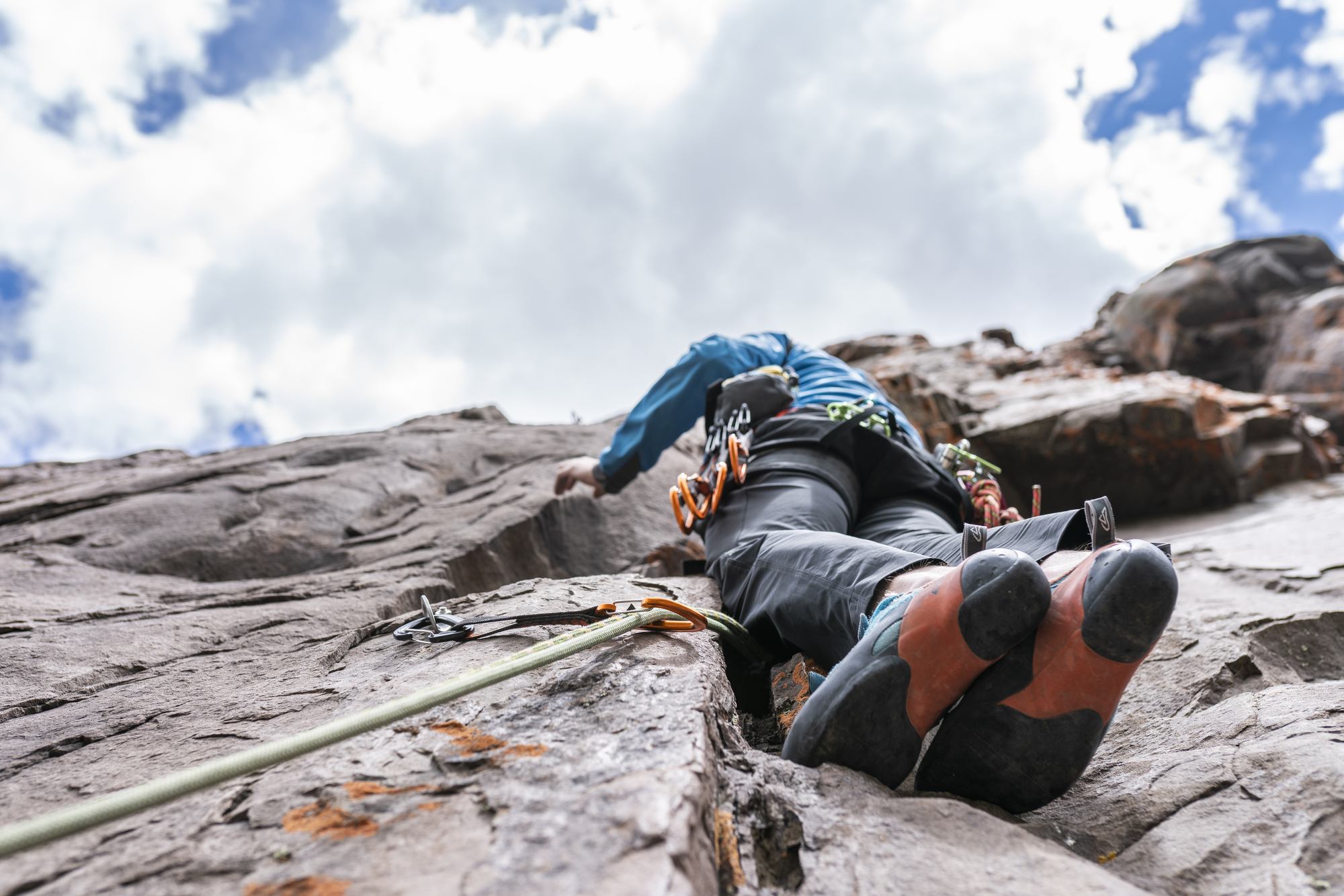
There is a fine line between a redpoint and a pinkpoint climb. While both types allow a climber to practice a route, in a pinkpoint climb, protection is placed along the route prior to the formal climbing attempt.
In a way, some climbers argue that a pinkpoint climb is less difficult than a redpoint climb. However, both climbs still require a deep knowledge of climbing techniques, good physical condition, and a high level of technical ability.
Conclusion
For any climber, a redpoint climb is a great achievement. While you might feel like it’s lesser than an on-sight climb, you should not overlook the fact that you completed a climb successfully. If anything, successfully completing a redpoint climb means that you’re one step closer to an on-sight climb!
Have fun, happy climbers! See you at the top.


